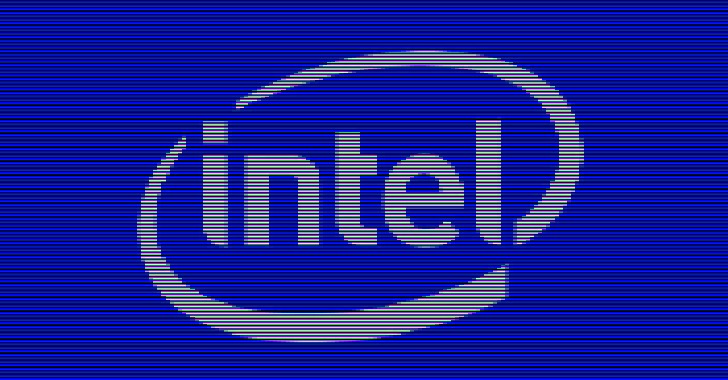

Global spending on cybersecurity products and services is predicted to exceed $1 trillion during the period of five years, between 2017 to 2021, with different analysts predicting the Compound Annual Growth Rate (CAGR) at anywhere between 8 to 15%.
It is not surprising to see this growth in spending, which is primarily driven by the evolving sophistication and volume of attacks as well as the surmounting costs of a successful data breach.
And yet, data breaches continue.
The sad news is that about 80% of data breaches can be prevented with basic actions; such as vulnerability assessments, patching, and proper security configurations.
The specific reasons vary; but include staffing and resource issues, lack of expertise to optimize complex, multi-vendor security systems, and a host of other reasons. Whatever the specific cause, the common theme is that security lagged either internal IT changes or changes in the external threat landscape.
The phenomenon is well known in technology spheres – from things like configuration drift as applications and platforms change without reorganization; to Cloud drift as new serverless resources evolve to suite point-issues but are not accounted…
http://feedproxy.google.com/~r/TheHackersNews/~3/Na346CwKnXE/security-drift-silent-killer.html












